The global film industry is operating with renewed confidence despite President Donald Trump’s escalating threats to impose punitive 100% tariffs on movies produced outside the United States. While Trump’s renewed tariff proposal initially sparked industry panic earlier this year, Hollywood continues advancing major international productions with conviction, suggesting filmmakers have calculated that the threatened levies may never materialize into implemented policy.
Across production hubs spanning the United Kingdom, Canada, Australia, Hungary, and beyond, major studios continue investing record amounts in overseas filmmaking. The evidence suggests that despite political threats, the economic advantages of international production—lower labor costs, generous tax incentives, and world-class facilities—remain too compelling to abandon.
Trump’s 100% Tariff Threat: Reviving May’s Initial Proposal
President Trump has renewed his proposal to impose a 100% tariff on films produced outside the United States, reviving an idea he first proposed in early May 2024. The stated rationale involves protecting American film industry jobs that studios argue are being lost to international production hubs offering superior financial incentives.
Trump’s Original May Statement: In early May, Trump called for 100% tariffs to stave off the “very fast death” of the American film industry, citing concerns that tax credits and incentives in foreign countries were luring filmmakers away from domestic production.
This initial announcement, strategically timed just weeks before the prestigious Cannes Film Festival, created immediate chaos throughout the global entertainment industry.
H2: First vs. Second Threat: The Industry’s Muted Response This Time
The film industry’s reaction to Trump’s renewed tariff threat reveals an important dynamic: Hollywood has largely discounted the likelihood of actual tariff implementation.
Lee Stone, a partner at London law firm Lee & Thompson who worked on the Emmy-winning Netflix show “Adolescence,” observed the striking difference in industry response between May’s announcement and the current threat.
“Other than the initial flurry of ‘Oh, he’s said it again,’ people are not taking it as seriously as they did the first time around,” Stone explained. “I’m not getting the impression that there’s the same pause this time.”
May’s Reaction (Initial Panic): The May announcement caused what Stone characterized as “terrible timing” and “complete paralysis” throughout Hollywood. Industry participants reported widespread uncertainty, temporary halting of projects, and suspended international film financing deals as producers evaluated tariff impact on financial viability.
Current Reaction (Muted Response): In contrast, the latest tariff threat generated minimal disruption. Industry participants are continuing productions, financing remains available, and major projects advance without hesitation—suggesting filmmakers believe the threat lacks serious implementation probability.
The Data Speaks: $24.3 Billion International Spending Continues Growing
Recent data from industry researcher ProdPro definitively demonstrates that Hollywood studios continue committing enormous capital to international production despite tariff threats. The numbers reveal a fundamental structural shift in how major entertainment companies approach global filmmaking.
Production Spending Breakdown (Last 12 Months):
- United States Production: $16.6 billion
- International Production: $24.3 billion
- Spending Advantage: International production exceeds domestic by $7.7 billion (46% more)
This data represents a watershed moment: international production spending now substantially exceeds domestic spending, reflecting Hollywood’s strategic prioritization of global filmmaking despite political uncertainty.
ProdPro CEO Alexander LoVerde directly addressed the tariff impact: “We’re not seeing anything in the data that suggests studios are opting to film more of their production in the U.S. because of concern about the tariffs.”
Overall Production Spending Down 15%: Context for the International Shift
While international production spending remains robust, overall production investment is actually declining. Total production spending across all categories is down 15% from the previous year, driven primarily by pullbacks in scripted television series and big-budget feature films.
This contraction reflects broader industry challenges including:
- Streaming service consolidation and reduced content ordering
- Traditional television network budget reductions
- Economic uncertainty affecting studio investment decisions
- Post-strike recovery dynamics following 2023 Hollywood labor conflicts
Despite this overall industry contraction, Hollywood continues prioritizing international production over domestic alternatives, further demonstrating the structural advantages driving the offshore shift.
The United Kingdom’s Hollywood Dominance: $8.7 Billion Annual Spending
The United Kingdom has emerged as the primary beneficiary of Hollywood’s international production exodus, attracting an extraordinary $8.7 billion in annual film and scripted television spending. This remarkable concentration reflects British advantages including:
Star Wars: Starfighter Production: Major productions like “Star Wars: Starfighter”—the much-anticipated next installment in the legendary Star Wars saga scheduled for May 2027 release—are actively filming across British soundstages. The production represents one of the most significant franchise continuations in contemporary cinema.
British Production Advantages:
- 25.5% tax relief on qualifying film and TV productions
- Higher rates available for animated films
- New tax credits targeting independent films
- World-class soundstage facilities
- Deep filmmaking traditions and experienced crews
- Geographic proximity to European markets
According to the British Film Institute’s official production support information, the UK maintains one of the world’s most competitive production tax incentive structures.
Canada Challenges UK Dominance: $6.4 Billion Annual Investment
Canada ranks as the second-largest international production destination, attracting $6.4 billion in annual Hollywood spending. Canadian production advantages include:
- Competitive tax incentives varying by province
- Lower labor costs compared to US rates
- Experienced production crews and facilities
- Proximity to US markets simplifying logistics
- Access to diverse geographic locations
The relatively narrow gap between UK ($8.7 billion) and Canadian ($6.4 billion) spending reflects intense global competition for Hollywood production dollars.
Central and Eastern Europe Capture 25% of Global Production: Hungary, Czech Republic, Spain
A diverse coalition of international production hubs has collectively captured nearly one-quarter of all global Hollywood film and television production. This dispersed production pattern reflects studios’ strategic distribution of work across multiple geographies.
Hungary Production Boom: Hungarian soundstages are currently operating at full capacity with both international and domestic productions, according to Csaba Kael, government commissioner for the development of the Hungarian Motion Picture Industry.
“Hungarian soundstages are currently operating at full capacity with both international and domestic productions,” Kael told Reuters. He emphasized that any changes to US trade policy would require substantial time to implement, suggesting current Hungarian production schedules would remain largely unaffected even if tariffs were enacted.
Major productions filming in Hungary include Warner Bros Studios’ “Dune: Part Three,” which began shooting in summer 2024.
Czech Republic Film Industry: Prague increased its tax breaks from 20% to 25% in January 2024, creating additional competitive pressure on other production destinations. The Czech Republic has attracted Netflix’s Oscar-winning “All Quiet on the Western Front” and the Russo brothers’ acclaimed “The Gray Man,” demonstrating competitive appeal to major studios.
Australia and Ireland Production: Australia, Ireland, and Spain together account for additional significant portions of Hollywood’s international production spending, reflecting the truly global nature of contemporary filmmaking infrastructure.
COVID-19 Supercharged the Production Exodus: Pandemic Acceleration
The COVID-19 pandemic fundamentally accelerated Hollywood’s international production migration, which had begun years earlier. When US film and television production was essentially shut down by pandemic lockdowns, international production hubs—particularly Australia—emerged as crucial alternative filming locations.
Australia’s Production Bubble: “Australia became a bit of a production bubble where particularly in Queensland, productions could continue even as the rest of the world shut down,” explained Kirsten Stevens, a University of Melbourne film expert.
This pandemic-era experience demonstrated the operational resilience of international production centers and the economic value of geographically distributed production capabilities. Studios subsequently maintained and expanded their international production commitments even after US production restrictions were lifted.
24-Hour Production Cycles: Time Zone Advantages Drive Efficiency
Hollywood studios have discovered that distributing production work across multiple international locations can dramatically accelerate project completion timelines while reducing costs. This sophisticated production model leverages time zone advantages to create nearly continuous work cycles.
Mike Seymour, an Emmy-nominated visual effects specialist and lecturer at the University of Sydney, explained the operational dynamics: “It’s not uncommon at high-end films that a bunch of work would come to Australia, but a bunch of work also might go to New Zealand and to London and to somewhere else.”
24-Hour Production Operations: “Sometimes the film is being worked on literally 24 hours a day because of all the time zones,” Seymour noted. This continuous production approach compresses development timelines substantially, enabling films to reach market faster and reducing carrying costs associated with extended production periods.
This operational advantage represents a structural economic benefit that tariffs alone cannot easily overcome, as it fundamentally changes film production economics through geographic arbitrage and time-zone-based efficiency optimization.
Tax Incentives and Labor Cost Advantages: The Core Economic Reality
Beneath Hollywood’s international production commitment lies economic fundamentals that political threats struggle to overcome. Tax credits, lower labor costs, and world-class facilities create compelling financial advantages that make overseas production more profitable than domestic alternatives.
Tax Incentive Landscape:
- Britain: 25.5% tax relief
- Prague: 25% tax credits
- Canada: Province-specific incentives
- Australia: Competitive incentive structures
- Hungary: Attractive tax relief programs
Combined with substantially lower labor costs throughout Europe and Australia compared to unionized US production crews, these financial advantages create profound structural pressure toward international production decisions.
Industry Alternative Strategy: Advocating for Federal Tax Incentives Over Tariffs
Rather than accepting Trump’s tariff proposals, the American film industry coalition is advocating for alternative policy approaches that would improve domestic production competitiveness without imposing protectionist tariffs.
A coalition including American film industry unions, guilds, and veteran actor Jon Voight has formally requested that Trump implement federal tax incentive programs to enhance domestic production competitiveness.
Industry Position: According to studio executives briefing media outlets: “What we really want is a national tax incentive that would be more effective than any tariffs.”
The CREATE Act: A bipartisan bill known as the CREATE Act was introduced in Congress during summer 2024. This legislation would:
- Extend tax deductions for US productions (currently set to expire December 2024)
- Increase deductible cost caps for production expenses
- Create more competitive domestic incentive structure
Industry advocates argue that federal tax incentives would stimulate domestic production more effectively than punitive tariffs on foreign production, while avoiding potential international trade retaliation.
According to the Entertainment Industry Coalition for Tax Incentives, federal tax incentives remain the preferred policy mechanism for stimulating domestic film production.
Production Scheduling Imperative: The Disruption Risk Factor
Entertainment lawyers emphasize that the film industry’s fundamental opposition to tariff uncertainty stems from scheduling vulnerabilities. Once production timelines are disrupted, cascading complications can render projects economically unviable.
Stephen Weizenecker, an entertainment lawyer with Barnes & Thornburg in Atlanta, explained the core concern: “The film industry dislikes uncertainty. Once it starts to hesitate, it means a project stops altogether.”
Production disruptions can create cascading complications including:
- Actor availability changes due to scheduling conflicts
- Director commitment uncertainties
- Location availability problems
- Financing complications from timeline extensions
- Equipment and crew scheduling complications
These scheduling pressures drive industry decision-making toward certainty—hence the continued commitment to international production despite political tariff threats.
International Impact: Potential Economic Devastation in Production Hubs
If Trump’s tariff threats were actually implemented, the economic consequences for international production communities could be devastating. Production hubs throughout the UK, Canada, Australia, and Central Europe employ thousands of people whose livelihoods depend on sustained Hollywood production commitments.
A visual effects industry artist who declined to be named over fears of losing financing articulated the stakes: “It is hard for anyone here to understand the likelihood of this coming into effect, but if it did, it would have a huge impact. It would be devastating.”
The human impact would extend beyond direct production workers to include suppliers, equipment rental companies, hospitality services, and entire local economies dependent on sustained production spending.
Economic Vulnerability Factors:
- Thousands of direct production employment positions
- Equipment rental and supply industry dependencies
- Hospitality and service sector reliance on film crews
- Local government tax revenue commitments
- Regional economic development strategies predicated on film production
Business as Usual: Current Industry Operations Continue Unabated
For practical purposes, the film industry continues operating under assumptions that tariff threats will not materialize into implemented policy. Major productions are advancing, financing continues flowing, and studio executives are committing capital to international production facilities.
Entertainment lawyer Weizenecker confirmed: “For the moment, it is business as usual for filmmakers.”
Studio executives are structuring deals assuming policy continuity and international production freedom, though many include contingency provisions addressing potential tariff scenarios.
Key Takeaways
The global film industry has collectively calculated that Donald Trump’s renewed 100% movie tariff threat lacks sufficient implementation credibility to disrupt ongoing international production strategies. Despite the initial panic generated by May’s tariff proposal, Hollywood continues distributing $24.3 billion annually across international production hubs—nearly 60% more than domestic spending.
The economic fundamentals driving international production—tax incentives, lower labor costs, world-class facilities, and 24-hour production cycle efficiencies—have proven structurally powerful enough to overcome political uncertainty. Rather than retreating to domestic production, major studios continue expanding international commitments in UK, Canada, Australia, and Central Europe.
The film industry’s preferred alternative involves federal tax incentive legislation that would enhance domestic competitiveness without imposing protectionist tariffs. Ultimately, tariff threats have generated minimal disruption to Hollywood’s fundamental strategic commitment to global, geographically distributed film production operations.
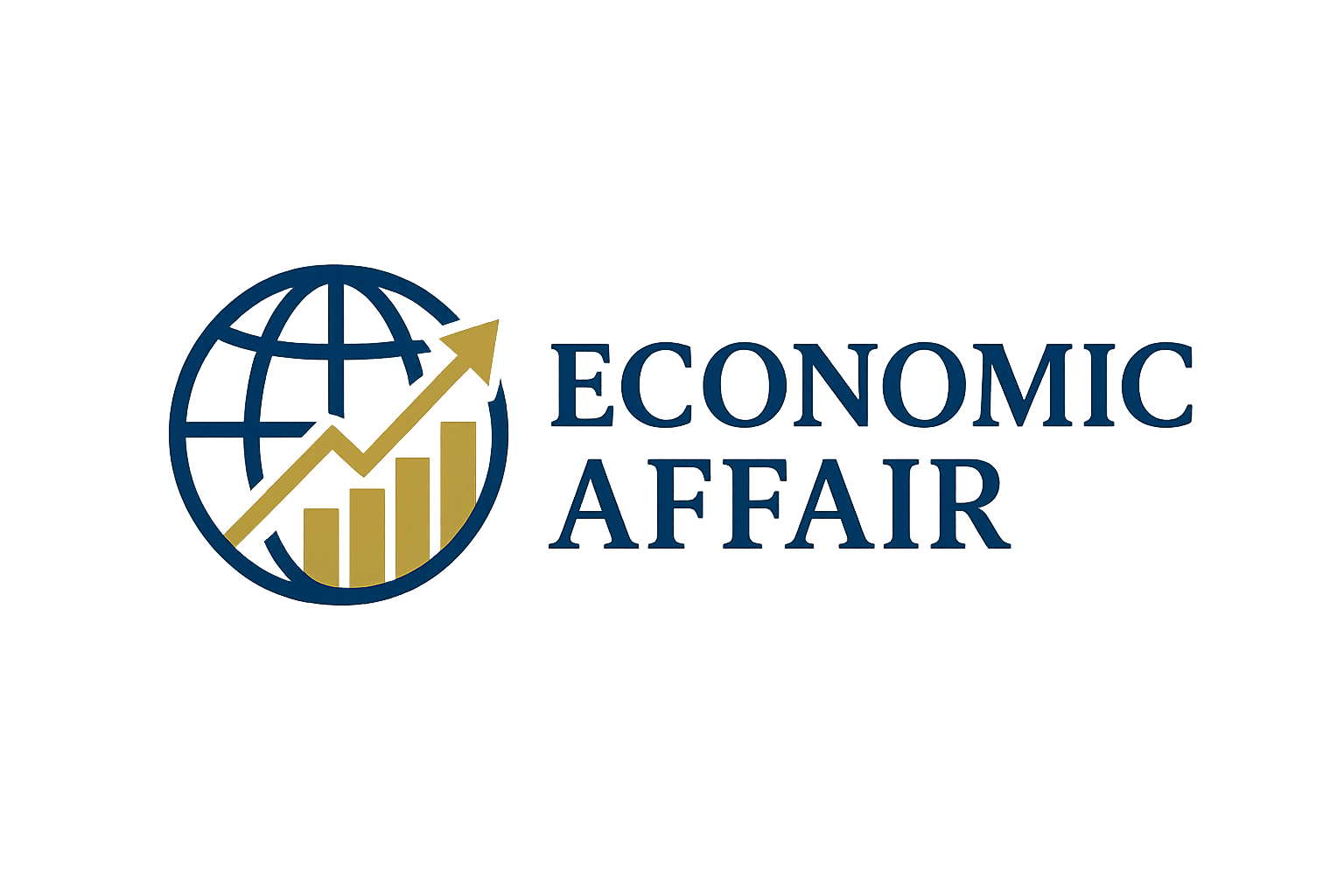

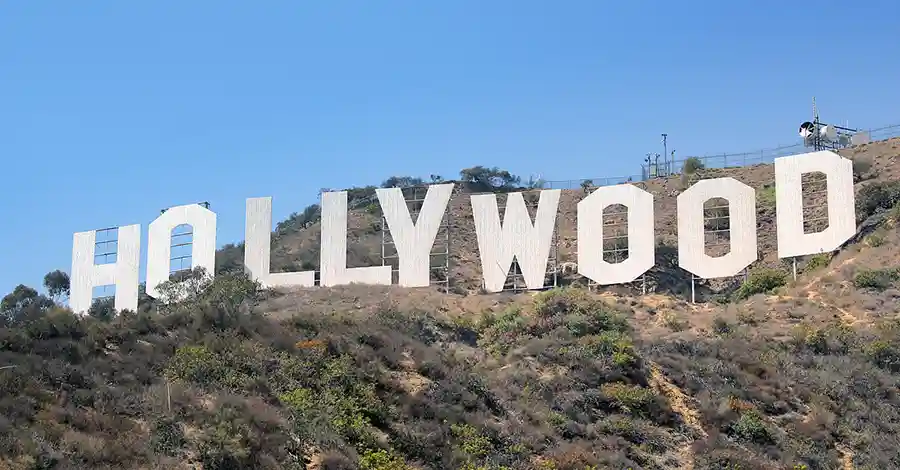
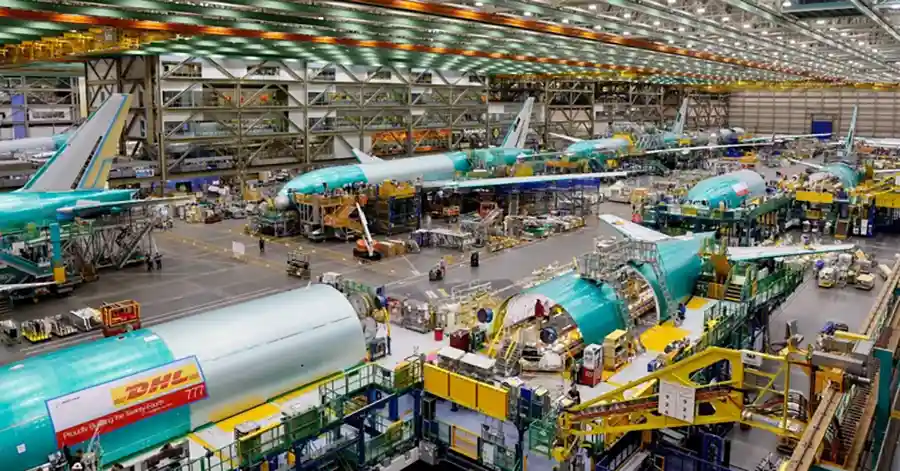


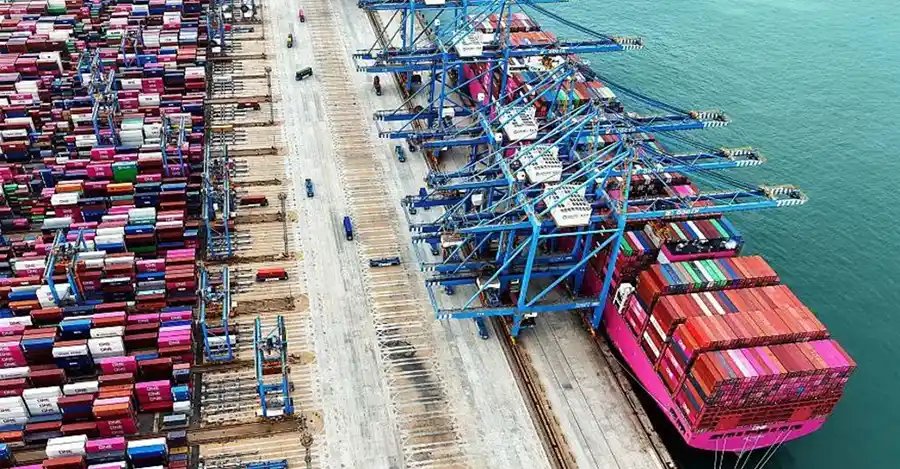


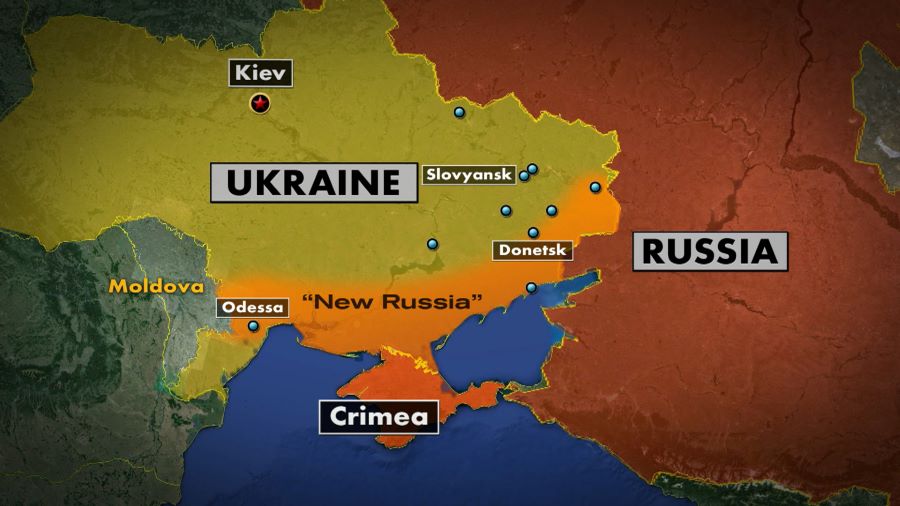





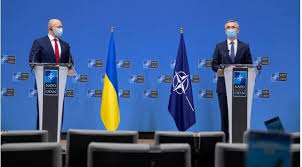




Comments